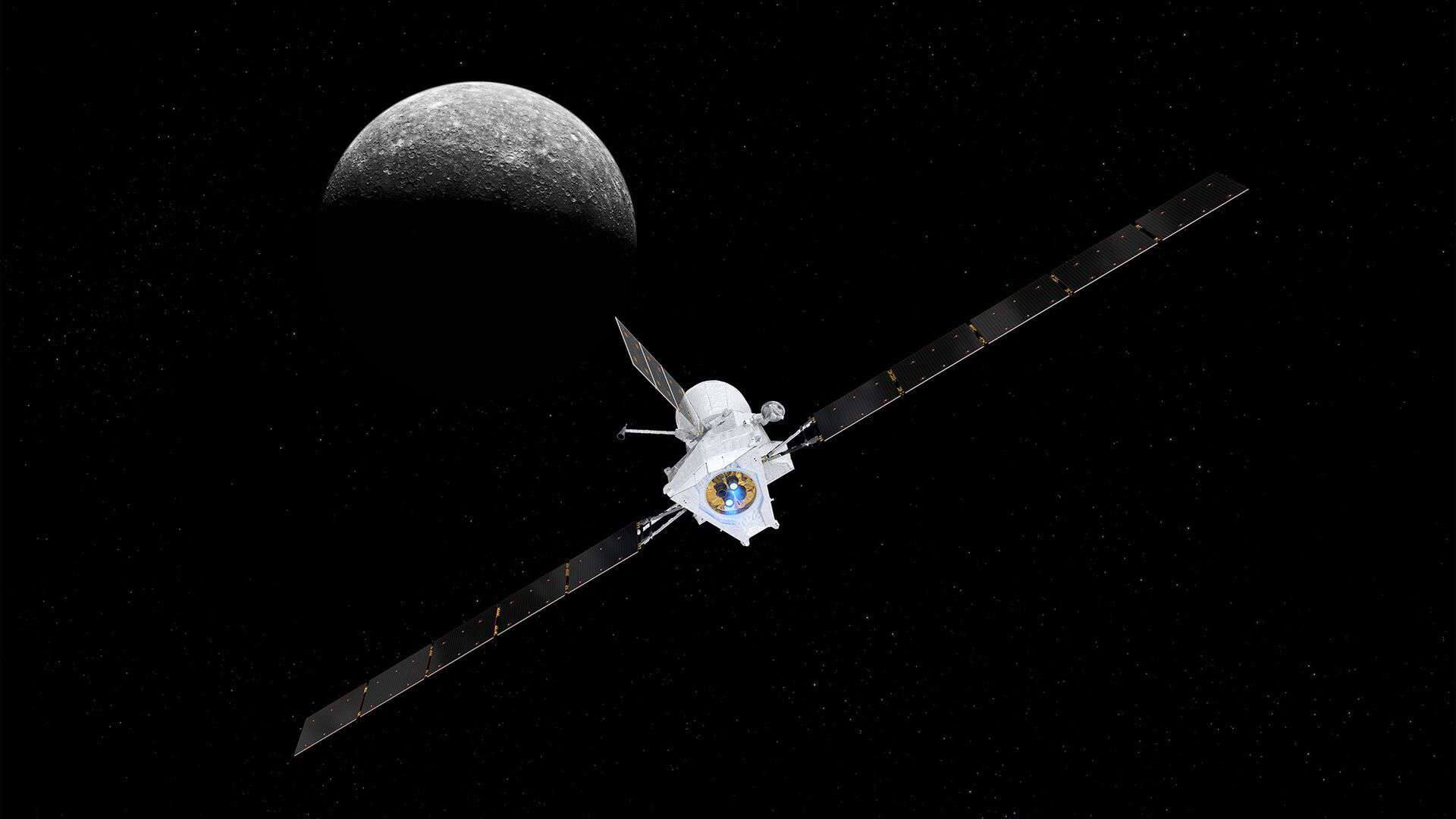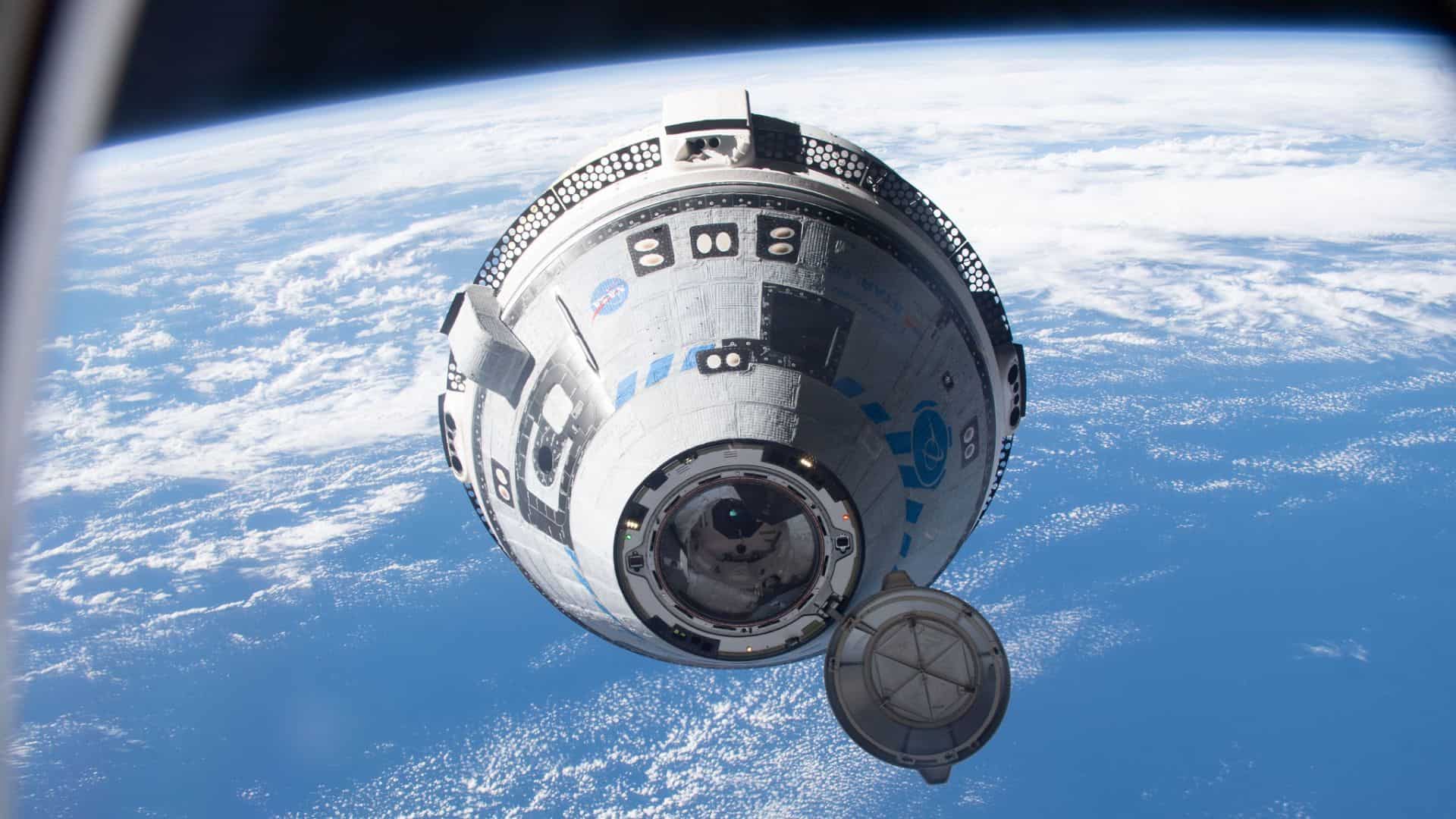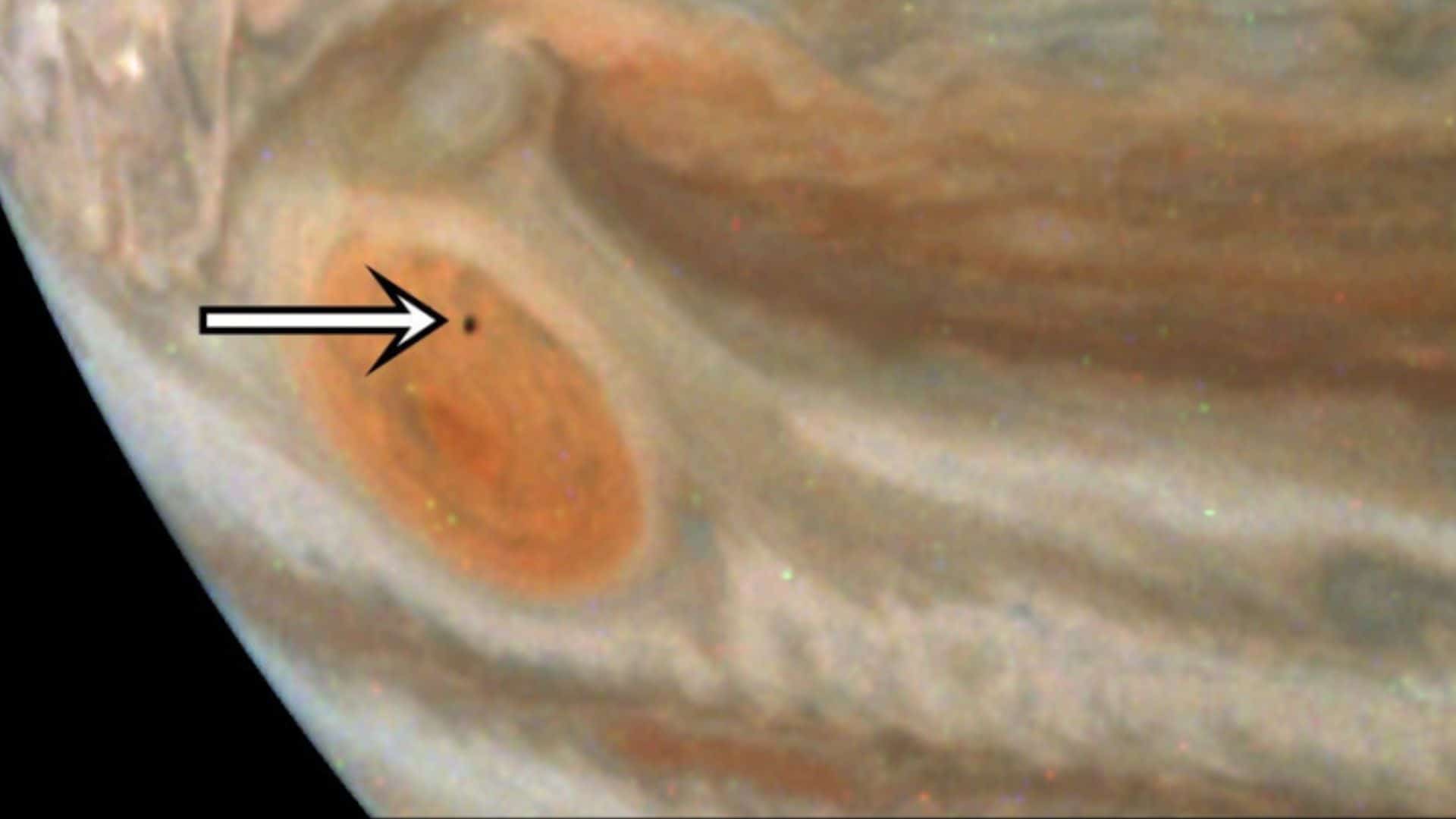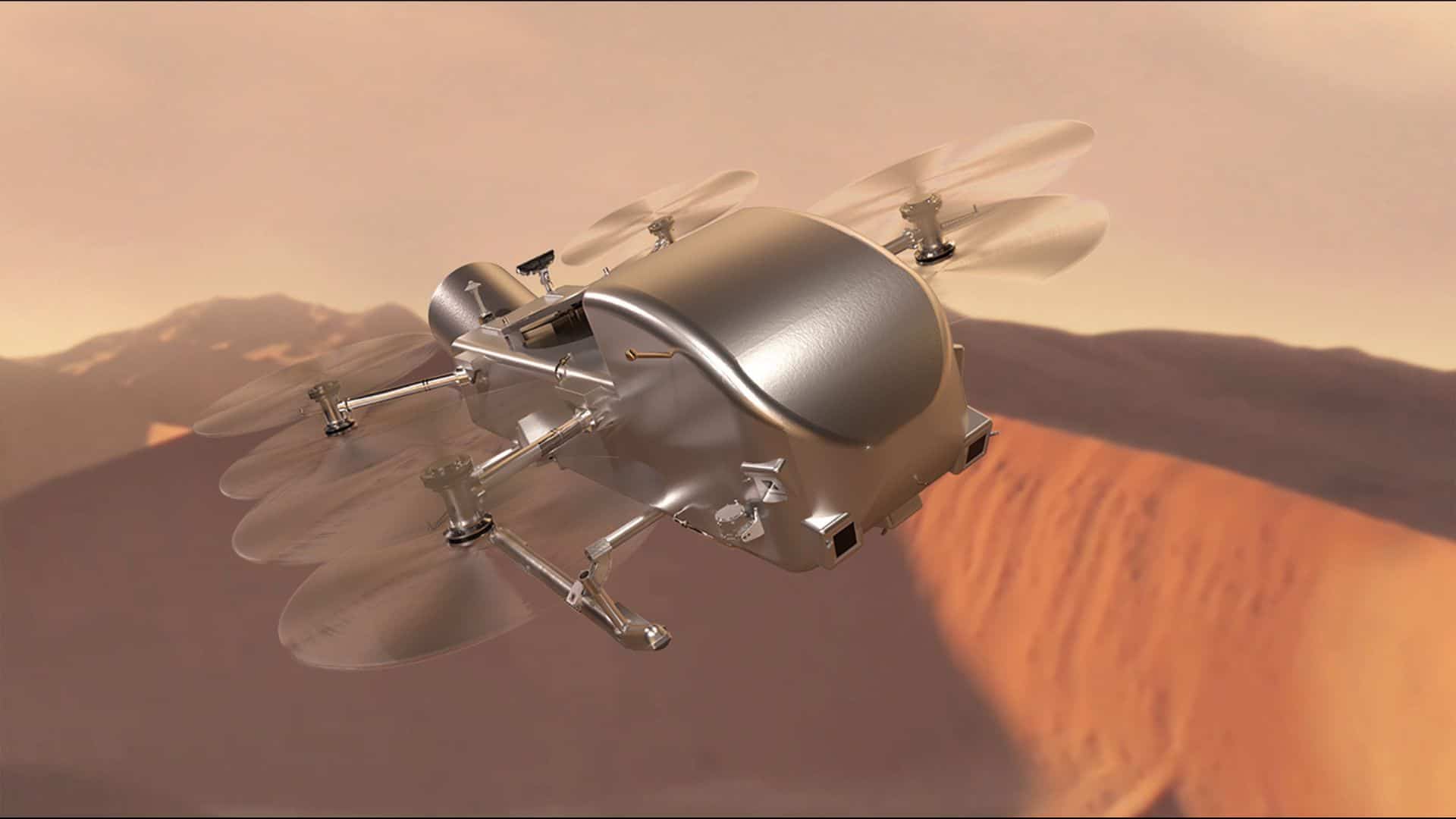NASA’s Voyager 1 team confirmed on April 20, 2024, that they have been able to check the health and status of the spacecraft for the first time in five months.
“The next step is to enable the spacecraft to begin returning science data again,” NASA said in a statement.
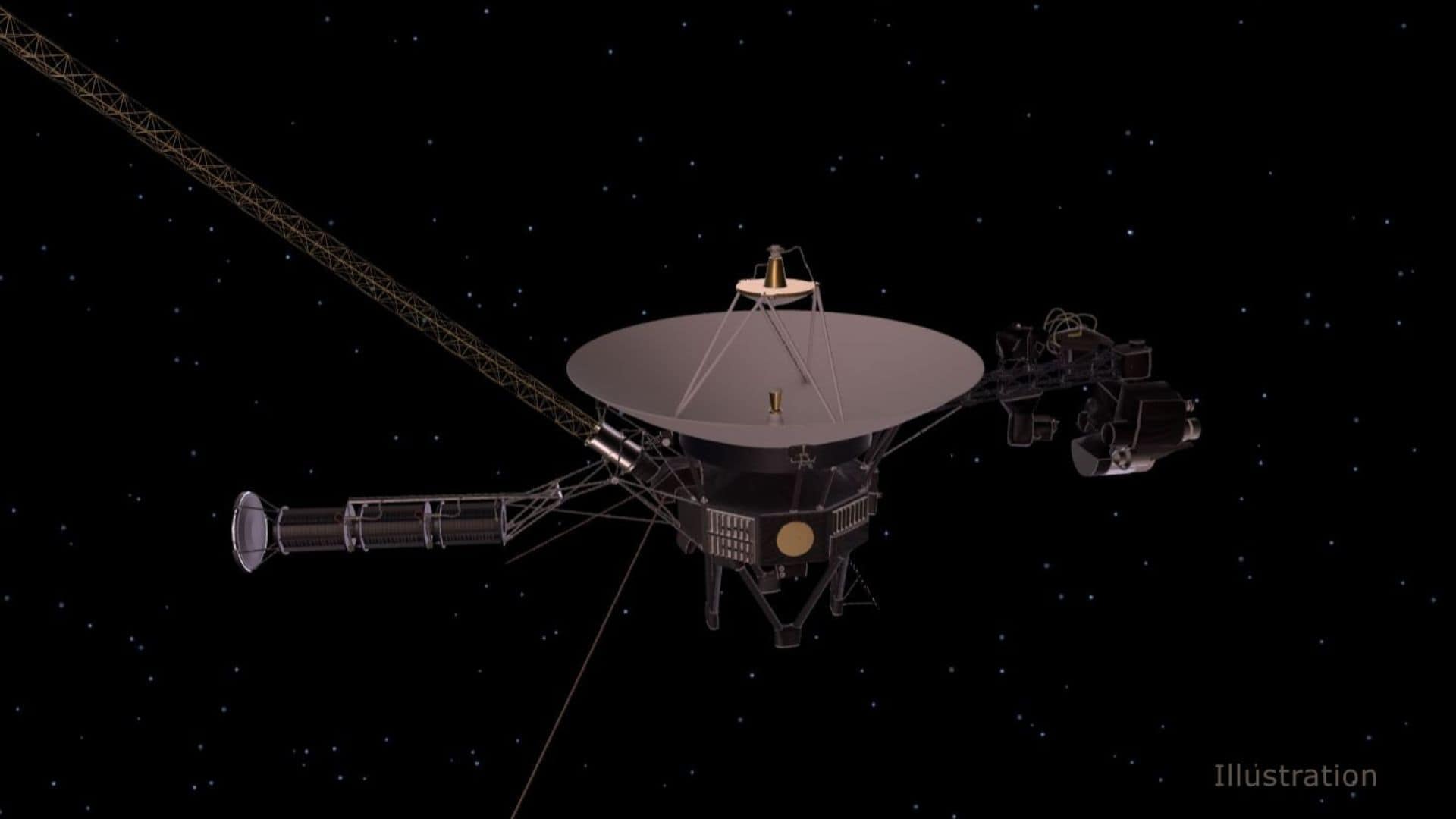
NASA’s Voyager 1 is the farthest human-made object from Earth and the longest-operating spacecraft in the history of mankind.
Currently, the spacecraft is at a distance of more than 15 billion miles (24 billion kilometers) away from Earth and exploring interstellar space (the space between stars).
The spacecraft was launched over 46 years ago, on September 5, 1977.
The spacecraft passed over Jupiter in 1979, Saturn in 1980, and the heliosphere (the imaginary sphere of the sun’s influence) in 2012 and entered interstellar space.
Voyager 1 and its twin, Voyager 2, are the only spacecraft to ever fly in interstellar space.
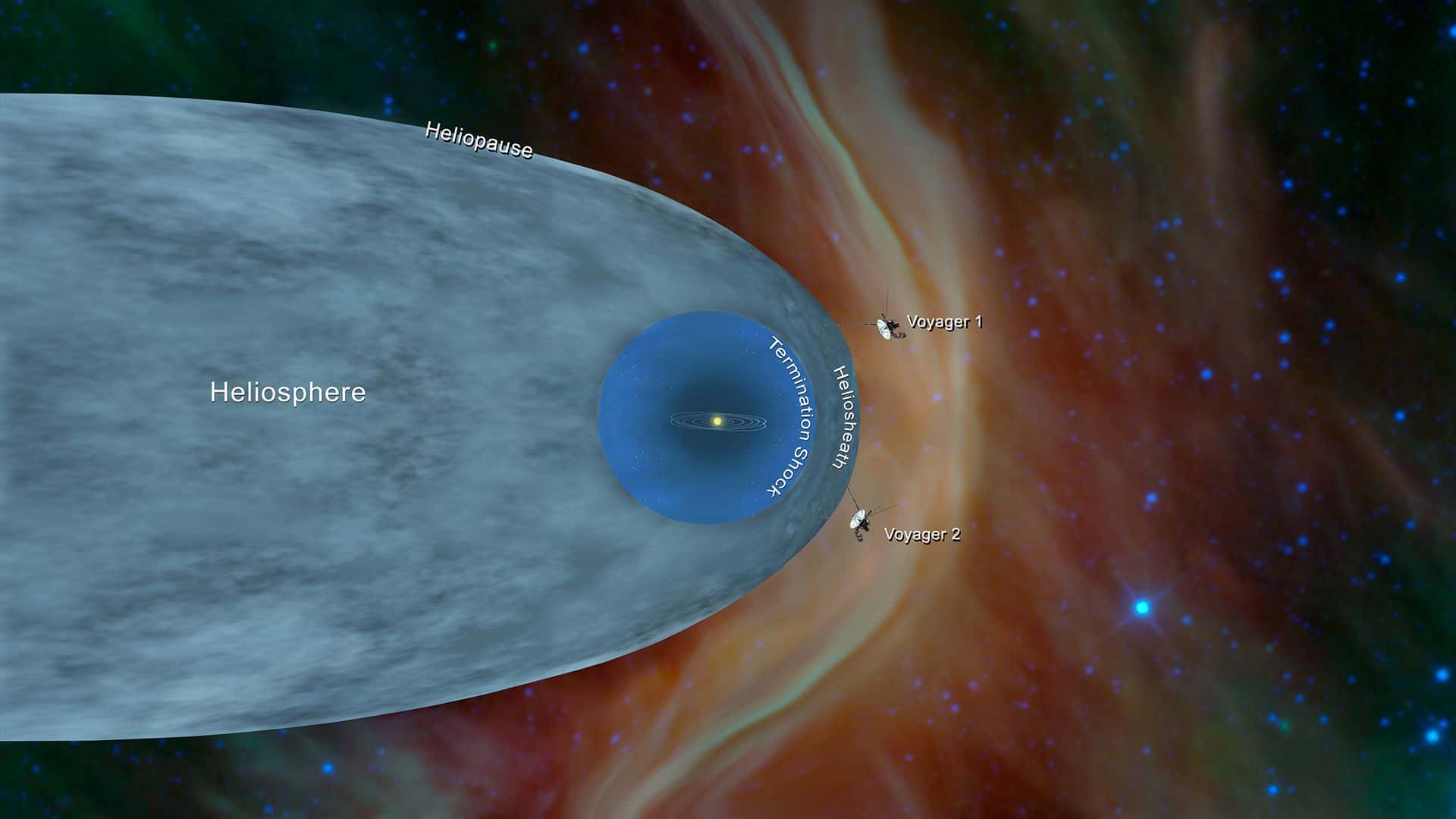
What happened with the Voyager 1 spacecraft?
“Voyager 1 spacecraft stopped sending readable science and engineering data back to Earth on Nov. 14, 2023,” according to the statement of NASA. Although the spacecraft was still receiving commands from the mission control room.
The Voyager 1 spacecraft has three onboard computers. In March 2024, the team found that a single chip on one of the onboard computers had been corrupted.
So the computer’s software code that was stored on that chip was not working.
“The loss of that code rendered the science and engineering data unusable,” according to the statement of NASA.
The team mentioned two possibilities as the reason for this: either the chip could have been hit by an energetic particle from space or it simply may have worn out after 46 years.
How NASA solved Voyager 1 spacecraft problem
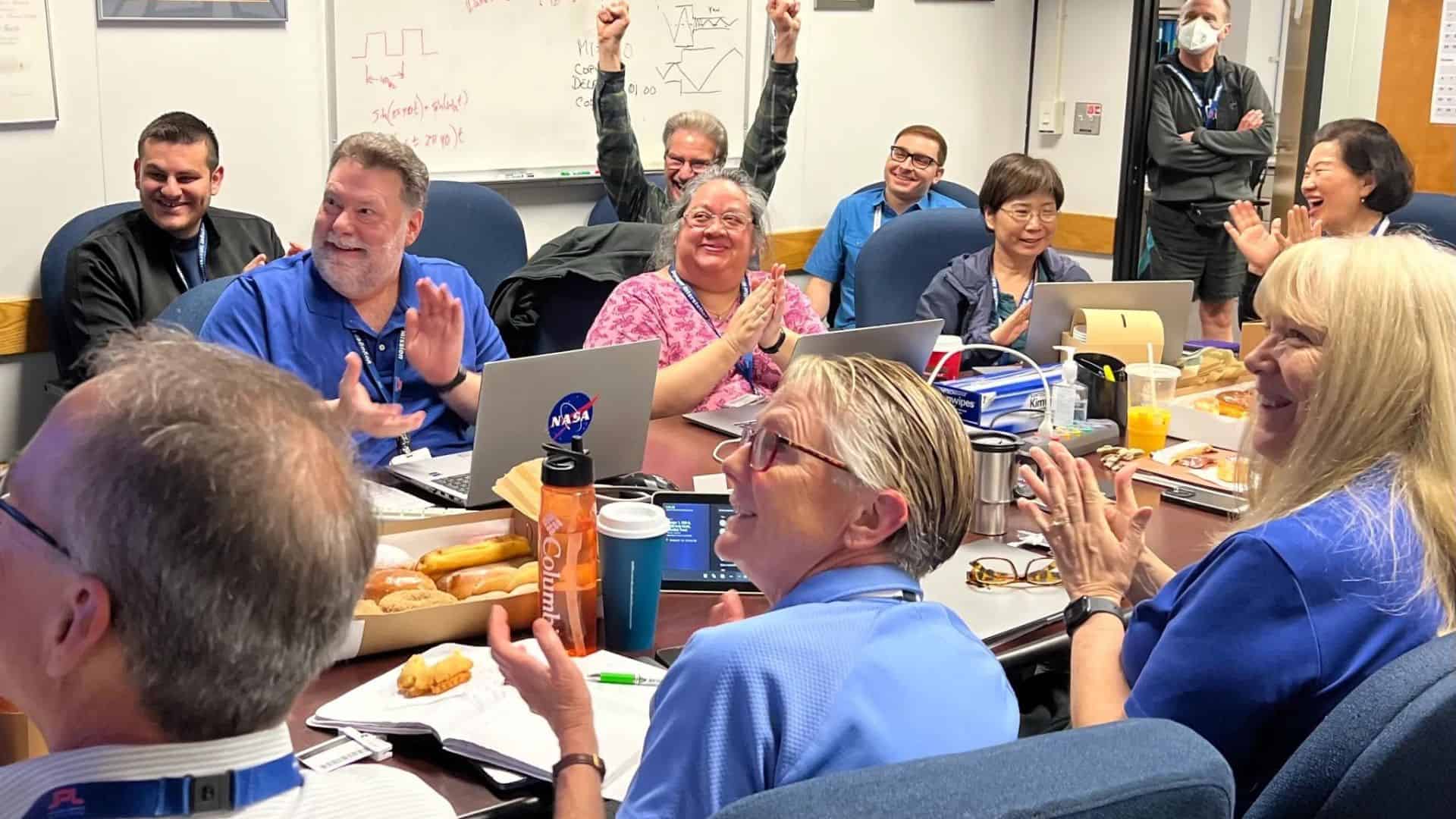
It’s not possible to go to interstellar space and replace the corrupted chip of Voyager 1’s onboard computer.
So the team decided to place the affected code elsewhere in the onboard computer’s memory.
But no single location is large enough to hold the entire code of the affected chip.
So they devised a plan to divide the affected code into sections and store those sections in different places in the onboard computer’s memory.
To make this plan work, they also needed to adjust those code sections to ensure, for example, that they all still function as a whole.
The team started with the code responsible for the spacecraft’s engineering data. They sent it to its new location in the onboard computer’s memory on April 18.
Now a radio signal takes 22.5 hours to reach Voyager 1 and another 22.5 hours for a signal to come back to Earth.
When the Voyager 1 team received the signal back from the spacecraft on April 20, they saw that the modification worked.
Visit here to see the current position of Voyager 1 spacecraft in the interstellar space.
Visit here for the Voyager mission status.
Please bookmark Spaceandtelescope.com or follow us on Facebook and Twitter to get latest space news, upcoming skywatching events and astronomy-related content.
